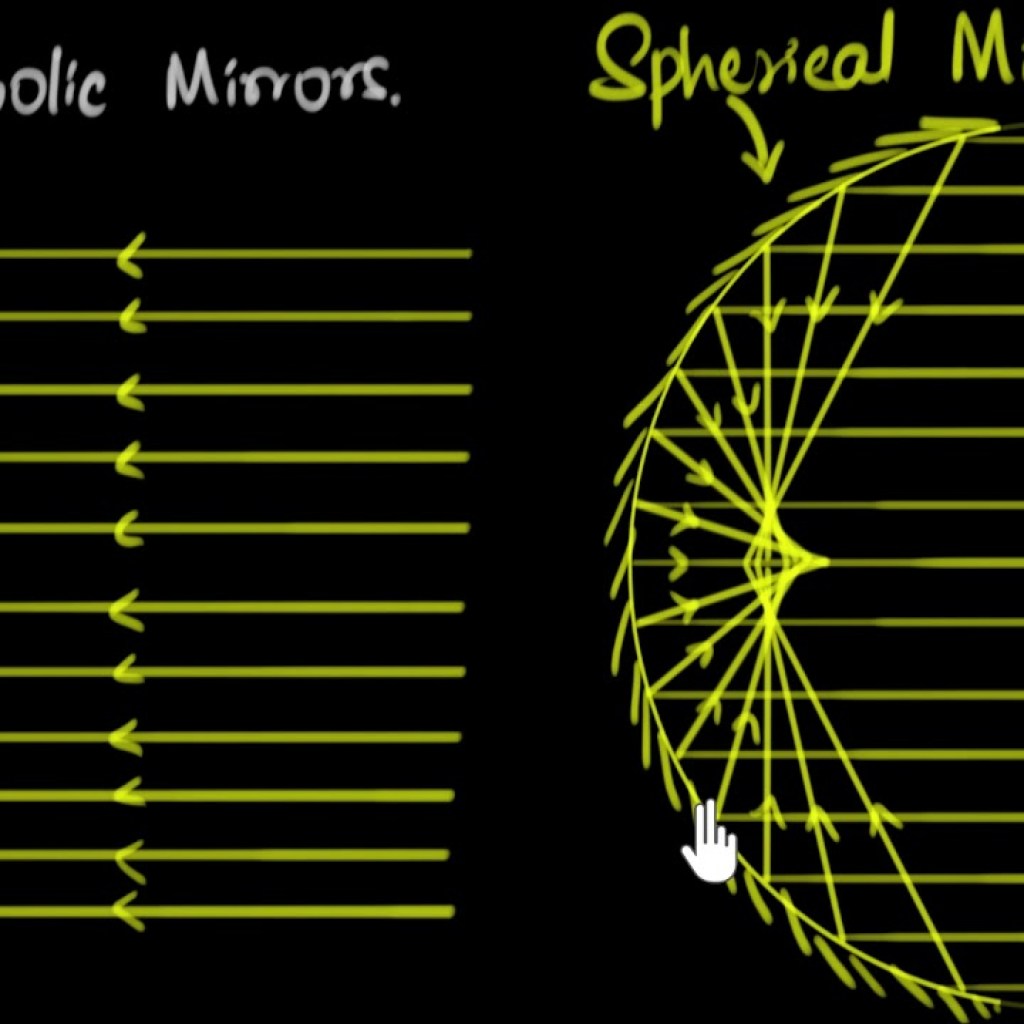B Integral – Nonlinear Phase Shift, Self-Focusing, Amplifier
Source: MDPI Understanding the Integral in Ultrafast Amplifiers The Integral in Ultrafast Amplifiers The integral is a crucial concept in the realm of ultrafast amplifiers, particularly in relation to optical components like the Pockels cell of a regenerative amplifier. It is defined by an equation that involves optical intensity, position in the beam axis, and […]
B Integral – Nonlinear Phase Shift, Self-Focusing, Amplifier Read More »










